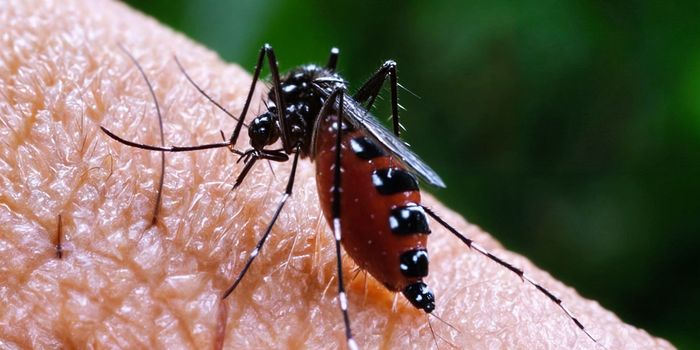Molecular biologists and engineers who study how malaria causes red blood cells to stiffen have found that a model of a malaria-infected red blood cell may give rise to better ways to treat the disease.
While normal red blood cells measure about 8 microns in size (but can circulate in the microvascular system with a diameter of 1 to 2 microns because they are flexible, deformable, and durable), cells infected with the Plasmodium falciparum parasite-the most virulent form of malaria parasite-become stiff and sticky and become lodged in small blood vessels while the parasite is developing and so avoid the filtering action of the spleen.

When this occurs in the brain, cerebral malaria results, a complication that can be fatal, according to the Centers for Disease Control and Prevention (CDC).
The malaria community knew that red blood cells get stiff and sticky when they become infected, and were pretty sure why the stickiness occurs-but questions remain about why these cells become so stiff. "You can't really treat the disease if you don't understand the mechanism," says Sulin Zhang, associate professor of engineering science and mechanics, Penn State.
Leann Tilley, professor of biochemistry and molecular biology, University of Melbourne, suggested to Zhang that an engineering approach might help.
Red blood cells are one of the simplest human cells. A fatty, two-dimensional bilayer pairs with a protein-rich cytoskeleton to form the membrane. Normally, the red blood cell's surface is smooth and the cell is deformable, but when infected with a malaria parasite, small protein nodules called knobs form on the surface. The size and number of knobs change as the parasite matures.
To understand the stiffening process, the team developed a model of the red blood cell that helped them understand what the knobs did to stiffen the cell membrane.
The researchers published the results of their model in the April 27 online issue of Proceedings of the National Academy of Sciences in an article titled "Multiple stiffening effects of nanoscale knobs on human red blood cells infected with Plasmodium falciparum malaria parasite."
The model found that the knobs, being stiff, contribute to cell membrane stiffness. At the same time the presence of the knobs elevates the strain in the cytoskeleton and because the cytoskeleton itself is strain-hardening-the higher the strain, the higher the stiffness-this also stiffens the membrane.
Also, as the number of knobs increase, the number of linkages between the lipid bilayer and the protein cytoskeleton also increases. This further stiffens the cell.
"A promising way to treat the disease is to soften the cells," Zhang says. "If we could find drug molecules that break the protein links between the knobs and the cytoskeleton, we could soften it."
According to the CDC, P. falciparum, found worldwide in tropical and subtropical areas, is estimated to kill one million people each year, especially in Africa. This species of malaria parasite can cause severe malaria because it multiples rapidly in the blood, and can thus cause severe blood loss (anemia).
[Source: Penn State]









